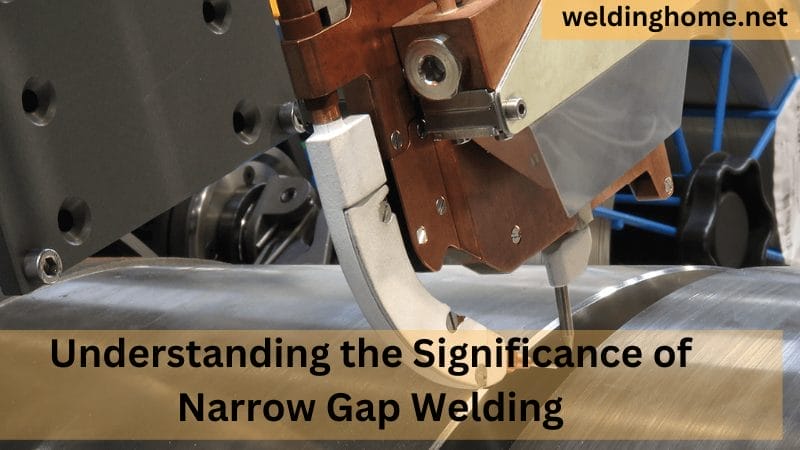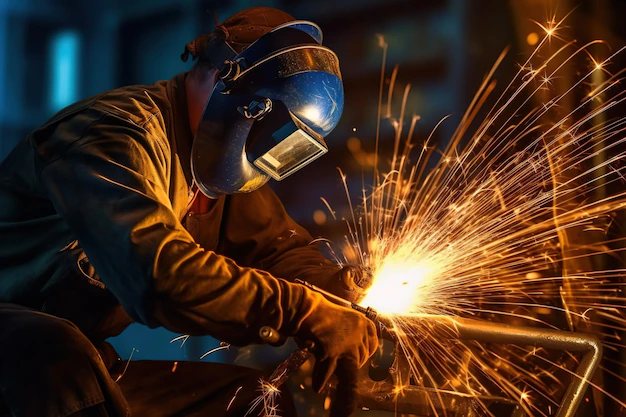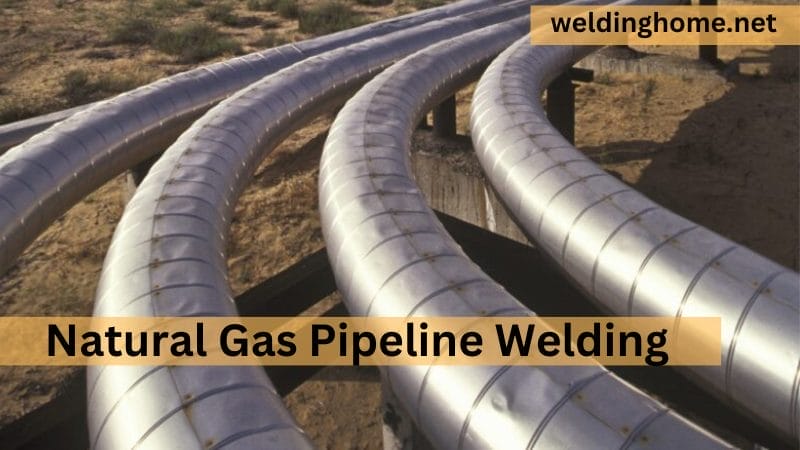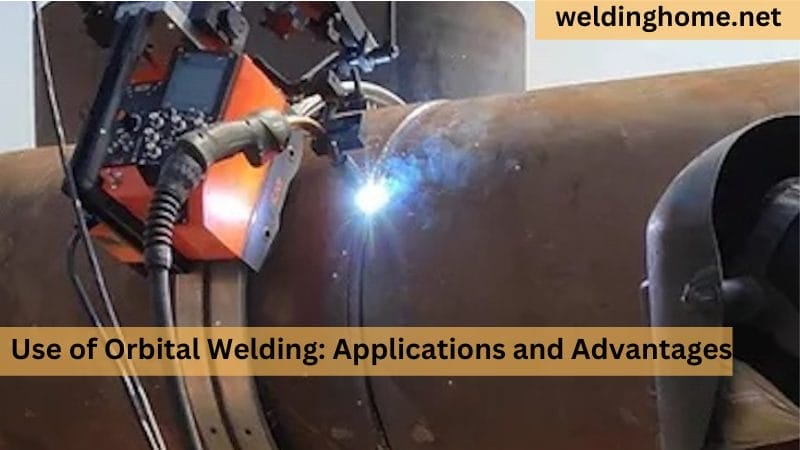Understanding the Significance of Narrow Gap Welding: A Comprehensive Guide

Introduction
Today, narrow gap welding is the most advanced method because it combines accuracy and speed in a complex way. This detailed guide starts an adventure to understanding the Significance of Narrow Gap Welding: A Comprehensive Guide by looking at its past development, principal parts, and various uses. There has been a vast change in the welding world, and now narrow gap welding is the method of choice for businesses that want the best join quality and higher output.
The importance of this method can be felt in many areas, from unique aircraft projects to important building projects. Come with us as we get into the details of narrow-gap welding. I’ll discuss its pros, cons, and possible future directions, giving you a complete picture of why it has become such a critical welding tool.
History of Narrow Gap Welding
With its roots going back to [insert date or era], narrow gap welding has grown and changed along with improvements in welding technology. This welding method has changed a lot over the years, with essential steps forward marked by innovations and milestones.
Understanding the Significance of Narrow Gap Welding
Several crucial components make narrow gap welding precise and effective. Welders seeking mastery must understand these key factors.
Welding Torch and Equipment:
Narrow gap welding relies on specialized welding torches and equipment. This precise tool, generally custom-made, controls and focuses heat. Paired with customized equipment, it provides smooth welding in tiny gaps.
Filler Material:
Narrow gap welding requires careful consideration of filler material selection. Filler material tailored to the welding project complements base metals, improving weld structural integrity and quality.
Shielding Gas:
Shielding gases are essential for preventing air contamination of the molten weld pool and electrode. Selecting gases like argon or helium creates a regulated atmosphere for high-quality small-gap welding.
When properly combined, these components constitute the cornerstone of narrow-gap welding, allowing welders to cross tight gaps and deliver flawless outcomes in industrial applications.
Types of Narrow Gap Welding
Narrow gap welding has several methods for different applications and welding situations. Understanding these categories gives welders a diverse toolset to pick the best procedure for a job. Notable narrow gap welding types:
Submerged Arc Welding (SAW):
In immersed Arc Welding (SAW), the welding arc is immersed in granular flux. Deep penetration and little spatter make this approach ideal for welding heavy materials.
Gas Tungsten Arc Welding (GTAW):
TIG welding, also known as Gas Tungsten Arc Welding (GTAW), uses a non-consumable tungsten electrode. This exact method is used for thin materials and high-quality welds.
Flux-Cored Arc Welding (FCAW):
In Flux-Cored Arc Welding (FCAW), a tubular wire with flux inside provides a shielding gas during welding. It works with heavy and thin materials and is ideal for outdoor welding.
Each narrow gap welding type has features that make it useful in different sectors and scenarios. Welders may use these methods to meet project needs.
Advantages of Narrow Gap Welding
- Narrow gap welding enhances efficiency, allowing faster welding speeds and reduced project timelines.
- The precision of this technique results in superior weld quality with minimized defects and improved structural integrity.
- Higher deposition rates and lower consumable usage contribute to overall cost savings in the welding process.
- The focused heat application minimizes the heat-affected zone, reducing the risk of distortion and preserving material properties.
- Suitable for various material thicknesses, narrow gap welding provides adaptability across various welding applications.
- The method ensures deeper penetration into the base materials, enhancing the strength and durability of the weld.
- Well-suited for tight spaces, narrow-gap welding enables efficient materials joining in challenging environments.
Applications of Narrow Gap Welding
Aerospace Industry:
- Widely employed for precision welding in the production of aircraft components, ensuring structural integrity and performance.
Shipbuilding:
- Applied in the construction of ships and marine vessels, meeting stringent quality standards and enhancing overall durability.
Oil and Gas Pipelines:
- Utilized for welding pipelines with high-strength materials, ensuring reliability and integrity in critical energy infrastructure.
Pressure Vessel Fabrication:
- Ideal for welding thick materials in the manufacture of pressure vessels, ensuring the highest safety and performance standards.
Nuclear Industry:
- Precision welding is crucial for the integrity of containment structures in nuclear facility construction.
Automotive Manufacturing:
- Employed for welding components in automotive manufacturing, contributing to producing reliable and durable vehicles.
Bridge Construction:
- Used in welding large and complex structures, such as bridges, where precision and strength are paramount for long-term safety.
Challenges in Narrow Gap Welding
There are many good things about narrow gap welding, but it also has some problems. Welders need a lot of skill and knowledge to do this, and inspections can be more complicated than other welding methods.
Which is used for narrow and thin welding?
Gas Tungsten Arc Welding (GTAW), also called TIG welding, is often the best way to join thin or narrow pieces of metal. This exact welding method uses a tungsten tool that doesn’t need to be replaced and gives you great control over the welding process.
GTAW works well with thin materials because it uses little heat, which lowers the chance of warping or burning through. TIG welding’s focused and concentrated spark makes it possible to do outstanding and detailed work. This makes it a great choice for tasks that need to be precise and delicate, like joining thin sheets or parts in many industries.
Conclusion
the narrow gap welding process has changed the way people join. It is a method that combines accuracy with speed without any problems. Narrow gap welding has changed the game in many ways, from its historical roots and essential parts to its wide range of uses in aircraft, shipyards, and other fields.
It’s a popular choice for businesses that need to be efficient and excellent because it increases productivity, improves weld quality, and is cost-effective. Problems exist, but new technologies and continued skill development lead to a bright future.
As more businesses focus on being environmentally friendly, narrow gap welding is an intelligent choice with the most negligible environmental impact. By understanding the importance of this welding technique, we can make welding tasks faster, better, and safer. The history of narrow-gap welding shows how welding technology has changed over time. It is a place where accuracy and growth meet, and the future looks bright for this specialized method.
FAQs.
- How does narrow gap welding differ from conventional welding?
- The primary difference lies in the narrower gap used in narrow gap welding, requiring specialized techniques and equipment.
- Can beginners learn narrow-gap welding?
- While it requires skill and expertise, beginners can learn narrow-gap welding through dedicated training programs.
- Are there safety concerns associated with this welding process?
- Like any welding process, safety is paramount. Proper precautions and equipment should be used to mitigate potential risks.






